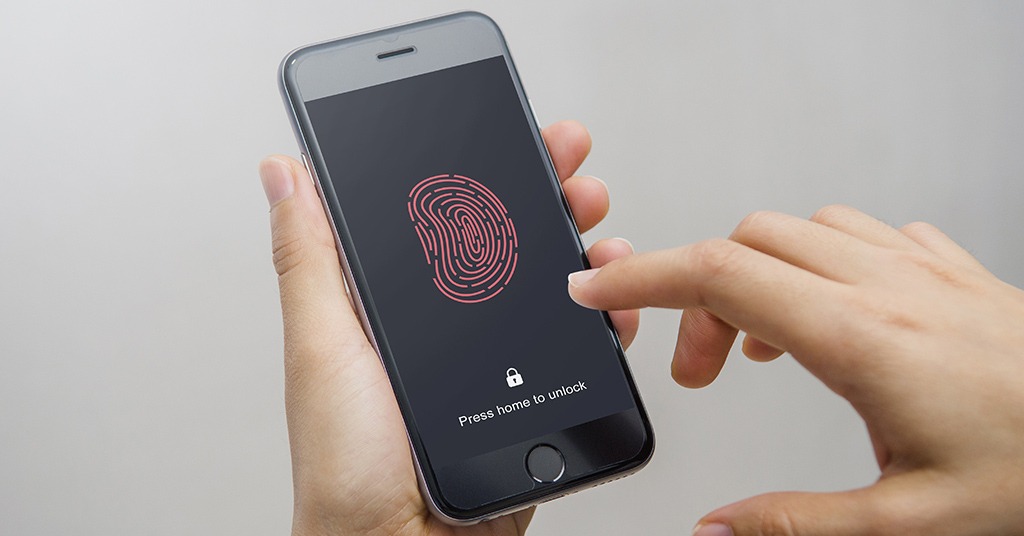Biometrics market landscape affected by challenges from a governmental, commercial, and technological nature

Here’s how pandemic affected global biometric device revenues. Source: shutterstock.com
ABI Research has found that global biometric device revenues are expected to drop 22% to $6.6 billion. The entire biometrics market, however, will regain momentum in 2021 and is forecasted to reach nearly $40 billion in total revenues by 2025.
At the same time, new use-case scenarios have emerged and certain technological trends have risen to the top of the implementation lists. For instance, enterprise mobility and logical access control using biometrics as part of MFA for remote workers.
The report states that current MFA apps for remote workers might well translate into permanent information technology security authentication measures in the long term. This is expected to improve biometrics-as-a-service monetization and authentication models down the line.
We’ve reported that PayMyTuition, a part of MTFX Group, has added new biometrics facial recognition technology to enhance cross-border tuition payment security.
SEE ALSO:









